Why the next decade will be critical in the fight against climate change
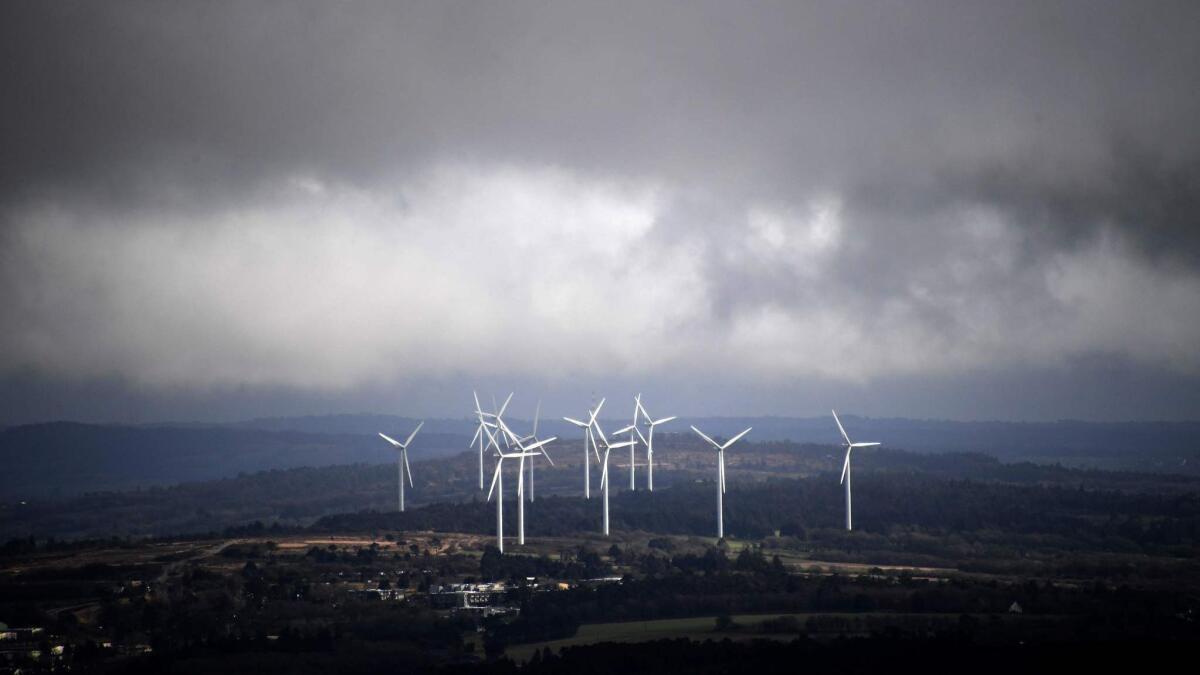
- Share via
To Andrew Wheeler, the head of the Environmental Protection Agency, global warming is a problem for the future. “Most of the threats from climate change are 50 to 75 years out,” he said in a recent interview, expressing a common sentiment.
But scientists say that taking action on climate change is very much a challenge of the present.
“The next decade is really critical,” said Joeri Rogelj, a climate scientist at Imperial College London.
That’s not just because the impacts of rising temperatures — from severe storms to surging seas — are already apparent. It’s also because limiting future damage requires bold moves to reduce carbon dioxide and other greenhouse gas emissions today.
Think of it like steering a huge ship, said Drew Shindell, a climate scientist at Duke University: “You have to turn way in advance because it takes a long time.”
Under the 2015 Paris climate accord, countries agreed to limit warming to “well below” 2 degrees Celsius (about 3.6 degrees Fahrenheit) over preindustrial temperatures, and to aim for a goal of 1.5 degrees C (about 2.7 degrees F).
Hitting the lower target would reduce extreme weather events, spare more species from extinction and make it easier for people to adapt to what will still be a significantly altered world, according to a 2018 report by the Intergovernmental Panel on Climate Change.
But meeting either climate goal is a tall order.
Next week, scientists will gather in Scotland to consider the options as they start preparing the next major IPCC report. There’s little debate that keeping warming to 1.5 degrees will require sweeping efforts to reduce greenhouse gas emissions in the next few years.
It’s a matter of accounting: Humans have already unleashed enough greenhouse gases to raise the planet’s average temperature by about 1 degree C. At current rates, we will emit enough in the next 10 years to all but guarantee another half-degree of warming.
Whether humanity should change course is a political question, not a scientific one. But if we decide to try, researchers say emissions must stop increasing and then plunge within the next decade.
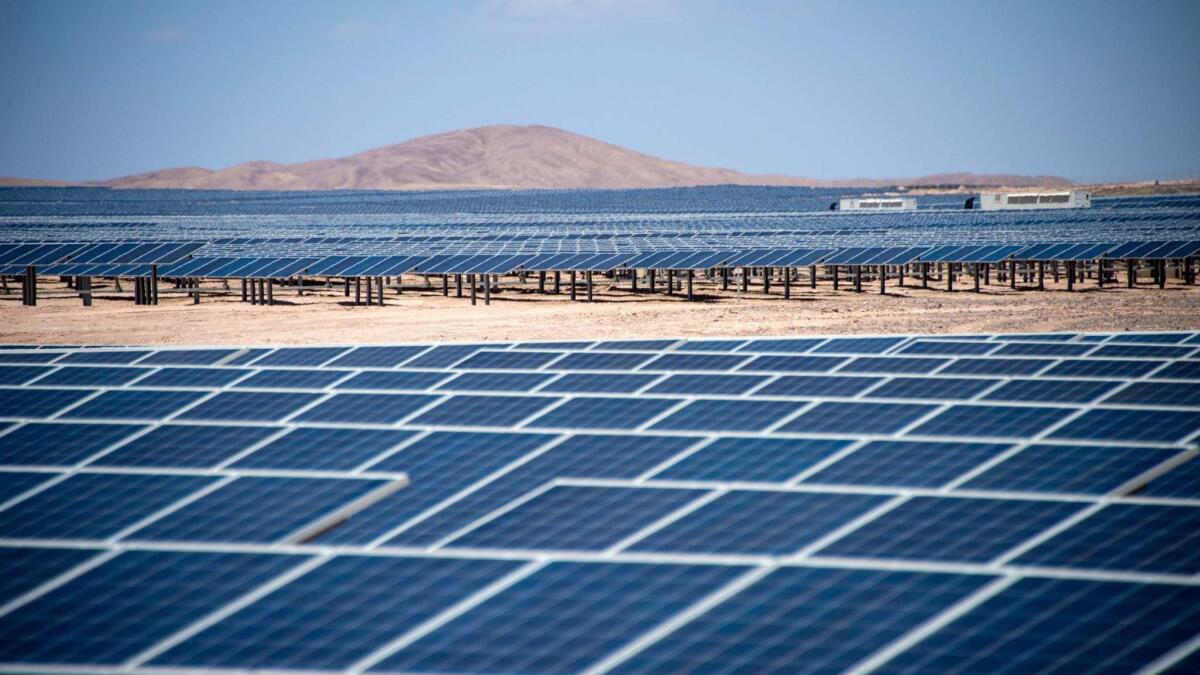
Last year’s IPCC report, which Rogelj and Shindell helped write, surveyed the results of hundreds of scientific studies and concluded that emissions must drop to roughly half of 2010 levels by 2030 to maintain a decent shot at 1.5 degrees. By 2050 or so, carbon emissions must fall to zero, or close to it. (Hard-to-cut sources of greenhouse gases, like airplanes, will have to be offset to reach what scientists refer to as ”net zero” emissions.)
Aiming for 2 degrees gives the world an additional 25 years, more or less, to decarbonize the economy, Rogelj said. Even so, the task will get much harder if society doesn’t start curbing emissions before the decade is up.
“If we already start to put the world on a declining path, with a clear trajectory towards net zero, that would be a huge achievement,” he said.
Climate sensitivity
Seeing into the future is never easy, and all of these timelines are inherently uncertain.
That’s sometimes used as an excuse to delay, said Jonathan Lamontagne, a systems analyst at Tufts University. But he thinks it’s a reason to mobilize sooner — in case the job turns out to be even harder than researchers expect.
Consider the problem of climate sensitivity, a measure of how the planet responds to greenhouse gas emissions. It’s usually defined as the increase in temperature that results from doubling the concentration of atmospheric CO2 from 280 parts per million — the preindustrial level — to 560 ppm. (It’s now reached 412 ppm.)
But the exact figure has proved difficult to pin down. Scientists think climate sensitivity lies somewhere between 0.8 and 2.5 degrees while CO2 levels are still changing, as they are now, and between 1.5 and 4.5 degrees once the planet has settled into a new equilibrium.
Researchers have tried to narrow these estimates by analyzing the relationship between past emissions and historical warming trends. However, some of the activities that produce greenhouse gases, like burning coal, also produce aerosol particles that temporarily cool the planet.
“That makes it so tricky,” said Gabriele Hegerl, a climate scientist at the University of Edinburgh.
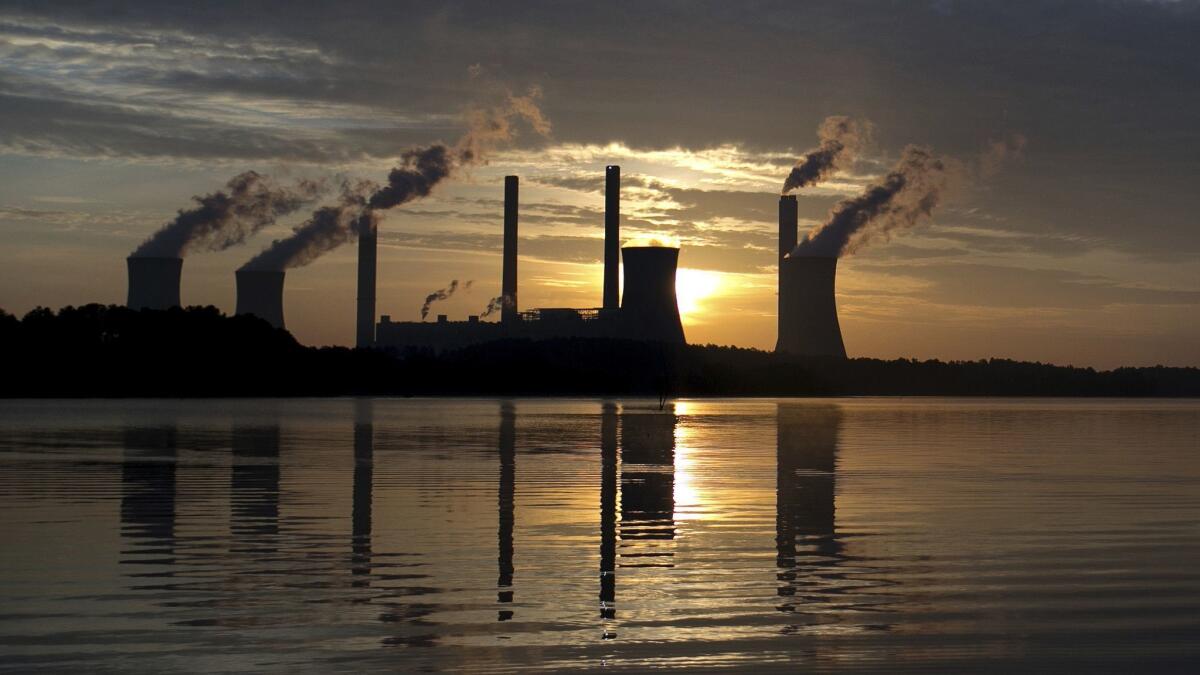
The true value of climate sensitivity will largely determine how much warming we have in store due to greenhouse gases we’ve already emitted, and how much carbon we can emit in the future and still meet climate targets.
If sensitivity lands on the high end of the range, we’ve probably missed our shot at limiting warming to even 2 degrees, according to a study this month in Nature Climate Change. “It might actually be too late,” said Lamontagne, who led the study.
If we happen to live in a moderately sensitive world, we still have a chance, but only if CO2 emissions fall to zero by 2030, Lamontagne said.
Recent estimates of transient climate sensitivity point to somewhat lower numbers; if so, we have until midcentury to curtail emissions. But scientists say that’s no reason to dally.
“You still have to do a lot — and do it soon,” Hegerl said.
Difficult but not impossible
In the long run, the bigger factor controlling Earth’s temperature is how much we manage to reduce emissions in the next decade, Lamontagne said.
“Our actions today are going to lock future generations in to a climate that they’ll have very little control over,” he said.
Scientists have explored how the world might meet its goals under various circumstances, using models that consider the laws of both physics and economics, in hopes of bracketing the range of possibilities.
There is no single way to tackle climate change, but the scenarios that succeed share some common features: greater energy efficiency, a dramatic drop in coal use, a sharp increase in renewable energy that helps power electric vehicles and a shift toward more plant-based, climate-friendly diets.
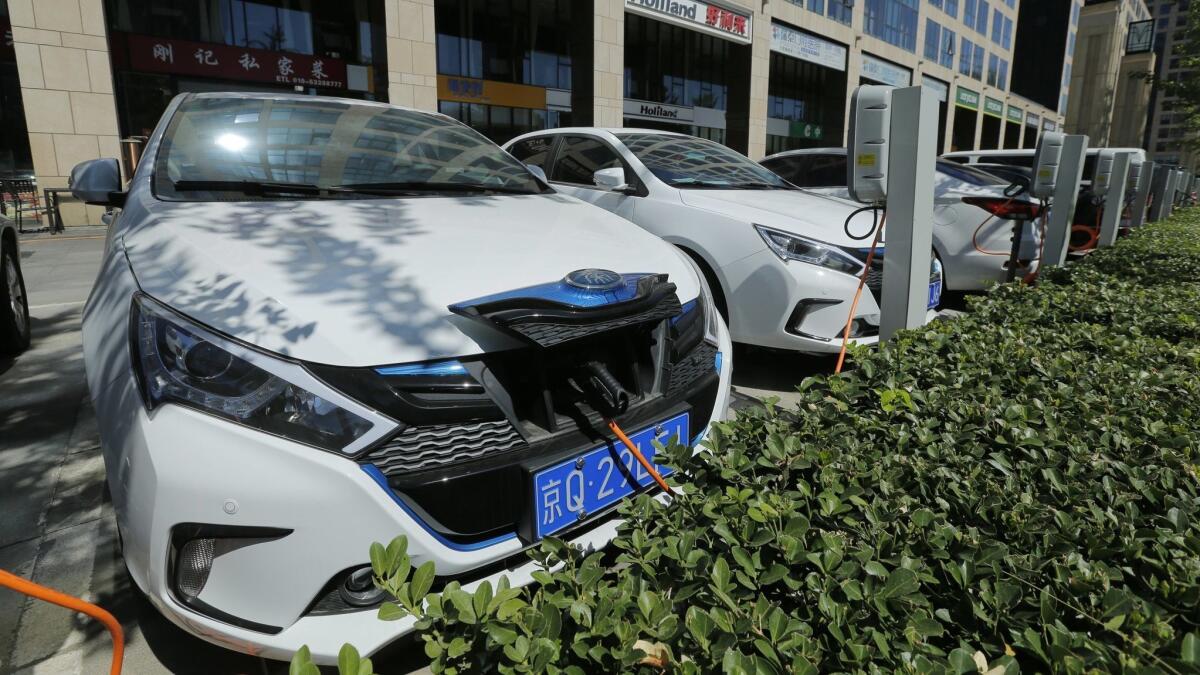
In these scenarios, the changes happen around the world — and fast. Many are well underway by 2030.
Implementing them would be expensive, but theoretically feasible. The IPCC estimated that achieving a 1.5-degree world will require $2.4 trillion in clean energy investments every year until 2035. That’s equivalent to 2.5% of the world’s combined gross domestic product.
Lamontagne’s team calculated the price tag could be as high as 3% or 4% of global GDP to max out at 2 degrees of warming by 2100.
Failing to act also carries a hefty cost. One study estimated that 4 degrees of warming would rob the world economy of $23 trillion per year; another found that by 2100, unmitigated climate change will reduce global incomes by 23%. The toll could reach hundreds of billions of dollars per year in the U.S. alone, according to a 2018 report commissioned by Congress.
Many of these costs stem from things like natural disasters that damage buildings and other infrastructure, and air pollution from burning fossil fuels that exacerbates respiratory and other diseases.
“The bills come as part of our medical insurance and home insurance and flood insurance,” Shindell said.
Just the improved air quality from moving to clean fuels would save millions of lives per year, according to a study out this week.
Indeed, swift climate action is often a prerequisite not only for improving health but also for reducing poverty and inequality around the world, the IPCC found.
Whether society can change fast enough to meet the Paris climate goals is anyone’s guess. Scientists can make estimates, but it’s time to start experimenting in the real world, Rogelj said.
“The only thing we know now is that we can try,” he said.
Aspirations versus reality
So far, countries’ official pledges to reduce emissions under the Paris accord fall far short of what’s needed to meet the 1.5-degree target.
A 2018 progress report found that, with current commitments, the world will warm 3 degrees by 2100, and more after that. In reality, emissions from the U.S. and many other countries have actually grown.
“It is getting a bit dangerous and sad to watch,” Hegerl said.
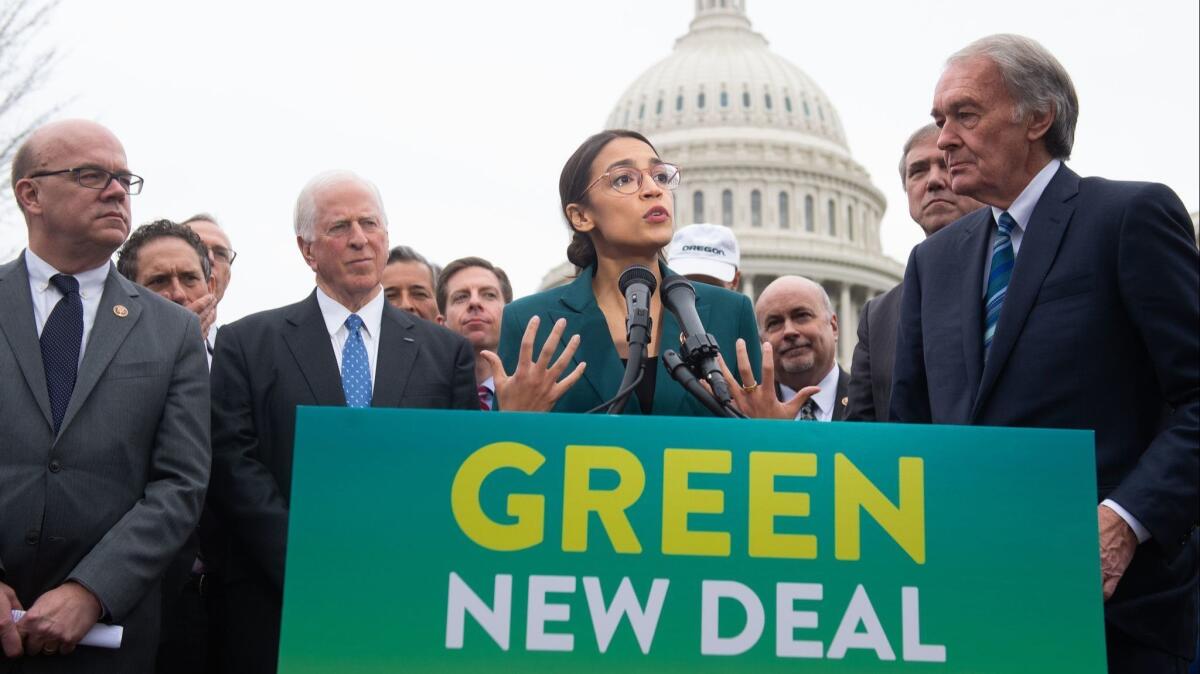
Proposals like the Green New Deal championed by Rep. Alexandria Ocasio-Cortez (D-N.Y.) seek to dramatically accelerate emissions cuts in the U.S. over the next 10 years, although it’s unclear if there is political will to embrace such a plan. In developing nations, steep economic and technical hurdles may make the task even harder.
Another decade of inaction will likely mean blowing past current climate targets — unless we come up with ways to clean up the mess later.
One possibility is to remove CO2 from the atmosphere by enlisting trees and biofuel crops to suck up the gas. Scientists have also developed technologies to extract it directly from the air. Such approaches will be necessary to reach net zero emissions, but they remain untested at large scales.
Alternatively, humans could alter the amount of sunlight reaching the surface by injecting reflective particles into the stratosphere. But it’s a controversial idea, and it wouldn’t address the health impacts of fossil fuel pollution or problems like ocean acidification.
The longer we wait to cut emissions, the more appealing such options may become, said Ken Caldeira, a climate scientist at the Carnegie Institution for Science.
Caldeira points out that scientists have been calling for aggressive climate actions for decades.But he objects to the suggestion that this is our last chance to do something.
It’s not because there is plenty of time, he said, but because he doesn’t agree that it’s a make-or-break situation.
“The more we delay, the harder we will need to work, and the worse outcomes will be,” he said. But if we miss the Paris goals, “our brains are not going to explode.”
Caldeira thinks that cutting emissions is more like trying to kick a bad habit.
“Stopping sooner is always better than stopping later,” he said. “But it is never too late to stop.”







